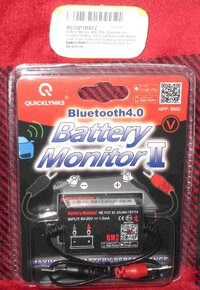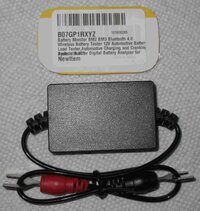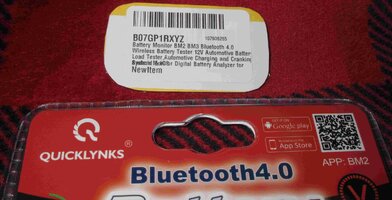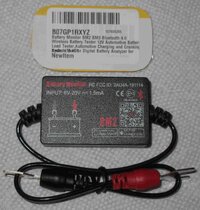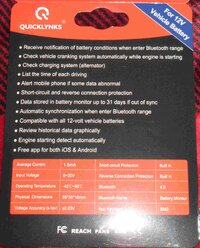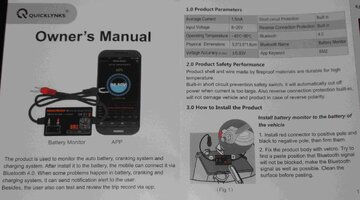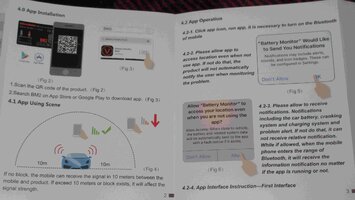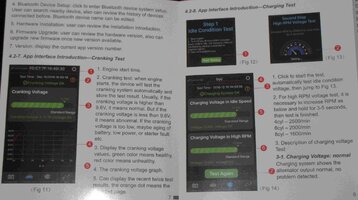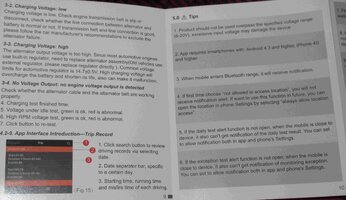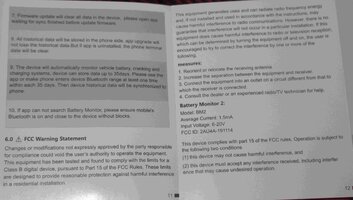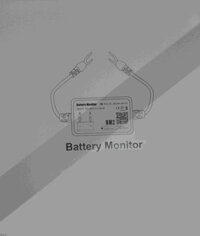So the Saab has cost me a few bucks with a new alternator and battery and it keeps dying in a week or so. So I've got a parasitic draw. Using the multimeter to measure amps, I'm getting a 1.27A draw. Quickly found that my ScanGauge II left plugged into the OBD port would draw over 1.1A and it would constantly keep coming on by itself for no reason. So that's resolved by just unplugging it when not using it.
So now I'm left with 0.18A still drawing. The Takonsha trailer brake controller is constantly drawing just .01A. The Android radio I didn't see a drop when I pulled its fuse but it did wake up and draw a bit when I put the fuse back in and it eventually went back to sleep. It was getting dark and called it for tonight.
Is 0.18A draw at rest too much? Anybody else know how much these trucks draw at rest?
So now I'm left with 0.18A still drawing. The Takonsha trailer brake controller is constantly drawing just .01A. The Android radio I didn't see a drop when I pulled its fuse but it did wake up and draw a bit when I put the fuse back in and it eventually went back to sleep. It was getting dark and called it for tonight.
Is 0.18A draw at rest too much? Anybody else know how much these trucks draw at rest?




